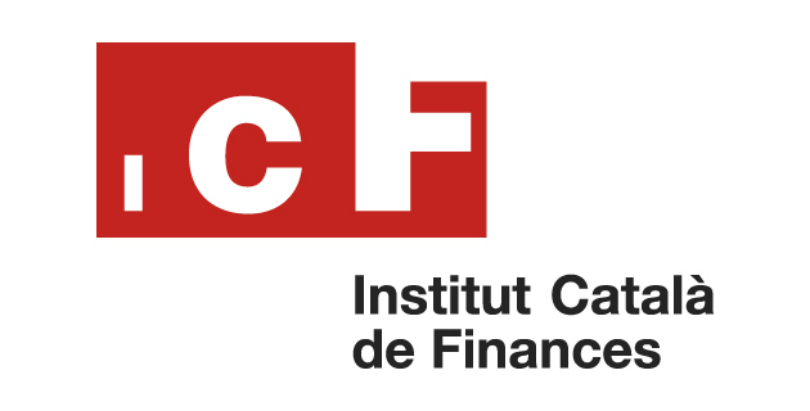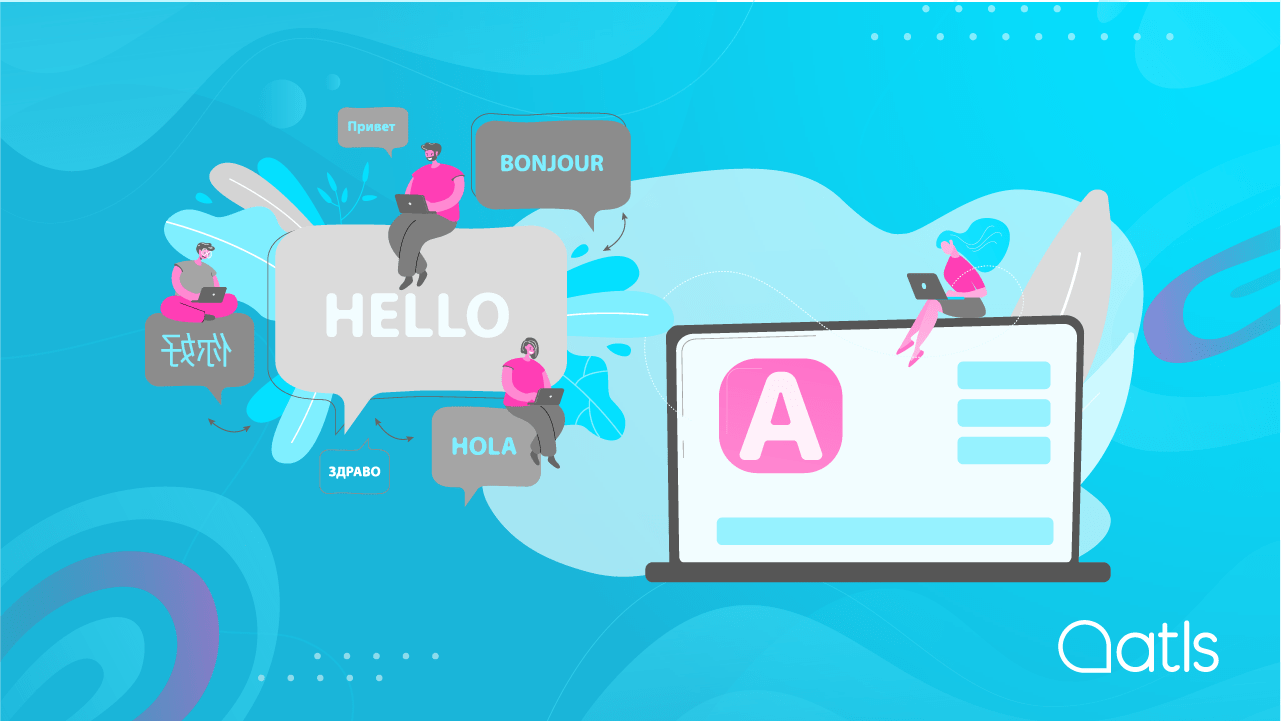The importance of user experience in translation

We can help you localise your website and explore other markets
If you work in the world of marketing, you will be familiar with the term "user experience", otherwise known as UX. If you want to sell your products or services through your website, UX is key. And, if you're planning to take your brand global, you'll need to apply a multilingual UX design. This is already sounding complicated, isn't it?
Let's start from the beginning: What is User experience?
People often confuse UX and UI (user interface) because the two are closely connected, and combining the two is crucial to ensuring user satisfaction. The terms UX and UI often go hand in hand, but they actually mean very different things. Let's have a look at them.
User experience is how a person feels when interacting with a website, when they browse it and use its features. With UX design, you can optimize your page to give your visitors a great experience, allow them to find what they are looking for easily and browse the website content seamlessly.
A user interface (UI) is the point of interaction between the user and a digital device or product. In the case of websites and applications, the user interface design takes into account the appearance, presentation and interactivity of the product. It's a question of ensuring that a product's user interface is as intuitive as possible, and that means carefully considering each and every visual and interactive element that the user may come across.
The importance of user experience in multilingual websites
Once we understand what UX/UI is and its importance in marketing, let's be more specific. Nowadays, everyone knows that the digital world is a world without borders, in which we can buy or consume every kind of product and service imaginable, even when they are located thousands of kilometres away.
However, sometimes something gets in the way. This could be language. Not only from a linguistic point of view, but also the use of the same language in different geographical areas. For example, the Spanish spoken in Spain is not the same as the Spanish spoken in Mexico. Facilitating the relationship and understanding of a website for different users, regardless of the language they speak, requires specialists in UX design.
Regarding compression, we should differentiate between two concepts: translation and localisation.
Firstly, there is the literal translation from one language to another. And secondly, localisation, which implies adapting a product or service to a specific geographical location, each with its own translations, legal and cultural aspects, units of measurement, date and time formats, colours, currency, etc.
For this reason, it is essential to achieve a local focus, without losing sight of the global vision. We cannot address an Asian person in the same way as we address a European, a Swede, an American, a Mexican or a Japanese person. Not only must we address the user in a language they can understand in linguistic terms, but also from a cultural point of view, and moreover make the message effective. With localisation, we achieve an optimal user experience.
What impact does translation have on the UX/UI design?
UX design has a direct and significant impact. This impact not only affects the understanding of the website, but the translation will even change the design of the website interface, and must be taken into account from the beginning of the process. For example, Western languages use spaces to separate words. However, languages spoken in East Asia, such as Japanese, Chinese and Korean, don't use spaces to separate words. These languages use syllabic writing.
The same message has different text lengths according to the language
You'll probably have noticed that instruction manuals look different in each language. The difference in the number of words and characters needed to transmit the same message can substantially modify an interface. Some concepts expressed in a single word in Spanish have a longer description in other languages.
The direction of the script also affects the design
When working on a user interface to be translated, remember to take into account languages that use right to left scripts. In general, most of the interface should be reflected, because the perception of the information is from right to left.
Standard formats in different countries
«You are driving at a speed of 67 miles per hour». This information would be useless for a driver in France, just as «you are driving at a speed of 100 kilometres per hour» would confuse a driver in the United States. Different formats are required for different countries. The most common elements are:
- Units of measurement
- Date format
- Numbers
- Information on prices and currencies
Reasons why translation is important for UX
The law of attraction
Obviously, the more languages offered on your website, the more customers it will attract. And, depending on the languages you choose, you could even see an increase of up to 50% in traffic in a very short time. And let's suppose you get it right with other UX elements. Your conversion rate is likely to increase proportionally.
International SEO
In recent years, website classification algorithms have evolved, giving greater importance to the user experience, as this aspect is becoming increasingly present when assessing a page. Therefore, providing a good user experience will help with SERP features by increasing organic traffic.
An effective international SEO will allow you to rank well on international markets by attracting users to your website, and a well-designed UX will improve user experience, by allowing visitors to browse easily, find information in their native language and, as a result, stay longer on the website, thus generating a greater opportunity for conversion.
Competitive advantage of user experience
UX design creates a competitive advantage for companies; if users rate their experience as easy, intuitive, or valuable, they will be more likely to interact with the company or brand. The smoother the user experience, the more likely the user will buy from your business. Therefore, an effective UX strategy in a website properly translated into the languages of your customers gives a clear competitive advantage.
User experience + Localisation = international success
Translated websites (or, rather, localised in several languages) are complex environments, in which each target market presents its own characteristics that make for a user-friendly website. So, providing a quality translation of the content is as important as paying special attention to UX/UI.
Do you want to localise your website and explore other markets? We can help you!




